What is graphene fiber? This article introduces the graphene technology and graphene fiber, a black technology fabric that may change our future.
What is Graphene?
Graphene, a high-tech nano material, is obtained after being stripped from graphite. It is more expensive than gold and is called “black gold”.
Graphene exists in natural graphite. Although graphite is common, graphene is very difficult to peel off. Two physicists (Andre Gaim and Konstantin Novoselov) from the University of Manchester, UK, successfully separated graphene from graphite and jointly won the 2010 Nobel Prize in Physics.

- Modern applications of graphene
With the gradual breakthrough of mass production and large-size problems, the industrial application of graphene is accelerating. Based on existing research results, the first commercial applications may be mobile devices, aerospace, and new energy batteries.
- Sensor
Graphene can be made into a chemical sensor. This process is mainly done through the surface adsorption properties of graphene. According to the research of some scholars, the sensitivity of graphene chemical detectors can be compared with the limit of single-molecule detection. The unique two-dimensional structure of graphene makes it very sensitive to the surrounding environment. Graphene is an ideal material for electrochemical biosensors. Sensors made of graphene have good sensitivity for detecting dopamine and glucose in medicine.
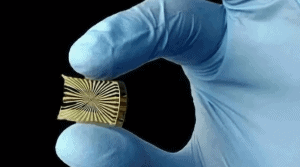
- Desalination
Graphene filters are used more than other desalination technologies. After the graphene oxide film in the water environment is in close contact with water, a channel with a width of about 0.9 nanometers can be formed, and ions or molecules smaller than this size can pass through quickly. The size of the capillary channels in the graphene film is further compressed by mechanical means, and the pore size is controlled, which can efficiently filter the salt in the seawater.
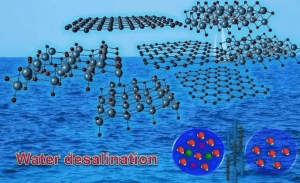
- Aerospace
Due to the characteristics of high conductivity, high strength, ultra-light and thinness, the application advantages of graphene in the aerospace and military industry are also extremely prominent. In 2014, NASA developed a graphene sensor used in the aerospace field, which can detect trace elements in the atmosphere at high altitudes and structural defects on spacecraft. Graphene will also play a more important role in potential applications such as ultralight aircraft materials.

- Biological
Graphene is used to accelerate the osteogenic differentiation of human bone marrow mesenchymal stem cells, and it is also used to make biosensors for epitaxial graphene on silicon carbide. At the same time, graphene can be used as a nerve interface electrode without changing or destroying properties such as signal strength or scar tissue formation. Due to its flexibility, biocompatibility and conductivity, graphene electrodes are much more stable in vivo than tungsten or silicon electrodes. Graphene oxide is very effective in inhibiting the growth of Escherichia coli without harming human cells.

Graphene Technology
Graphene is a new material with a sheet-like structure composed of a single layer of carbon atoms. It is the thinnest, hardest, and best thermally and electrically conductive nanomaterial in the world. When applied to the textile field, it can improve human microcirculation, improve human immunity, take away human metabolites, and reduce the probability of major diseases.

Many traditional heating materials (such as carbon fiber) have poor flexibility and are prone to breakage during bending. Graphene exists in the form of textiles, which is not only soft in texture, but also washable, and does not break even when twisted and knotted, making it safer and more durable. As long as it is energized, graphene can quickly generate heat (convert electrical energy into heat) and produce far-infrared light waves beneficial to the human body.
Exploration on Graphene Fiber
Graphene is a new type of nanomaterial with the thinnest, strongest, and strongest electrical and thermal conductivity found so far. It is called “black gold” and “king of new materials.” Graphene fiber is a blend of biomass graphene and natural fiber. The fabric made of this fiber is as thin as a cicada wing, is durable, dustproof and waterproof, warm and breathable, permanent anti-static, and has strong antibacterial and mite removal Function. The GA-T24253 test found that the graphene fiber fabric has an effective barrier effect on pneumonia bacillus, E. coli, Staphylococcus aureus, and Candida albicans.

The resistivity of graphene is very small, so it has very good electrical conductivity, which is also the main reason why graphene is antistatic. In addition to antistatic, graphene also has an electromagnetic shielding function. These features also make graphene fabrics the first choice for protective clothing.

Graphene fabrics have extremely strong stretch and strength, and their fabrics also have very good elasticity. Graphene fabrics also have good antibacterial properties. This fabric itself is non-toxic and has a very good wearing experience for skin-friendly and comfortable seamless underwear clothes. At the same time, it can also be worn next to the body. Graphene fabric has good protection and health care effects.
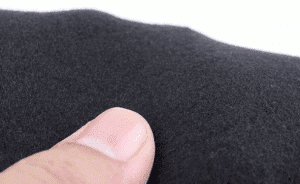
Graphene protective clothing can not only be washed and used repeatedly, but also can release far infrared to increase self-immunity, block virus intrusion, and permanently dust-free and anti-static.
Therefore, the advantage of graphene fabric is to strengthen the function of skin immune cells, which can stimulate far-infrared waves and antibacterial through body temperature.

With its powerful far-infrared function, it is a natural filter between the body and the outside world
It is a new breakthrough in the dressing revolution in the new era. It breaks the shackles of traditional material manufacturing processes.
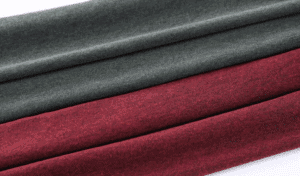

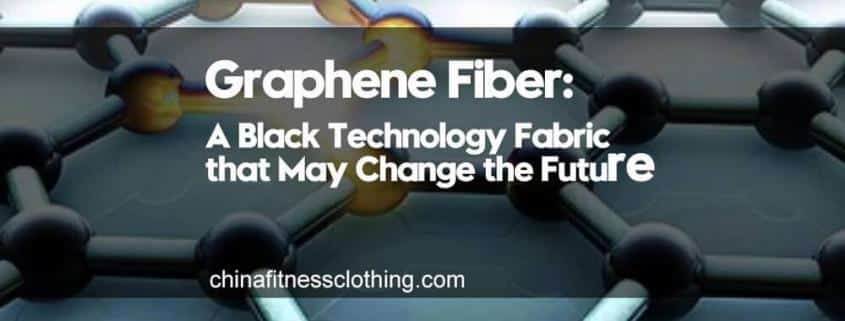

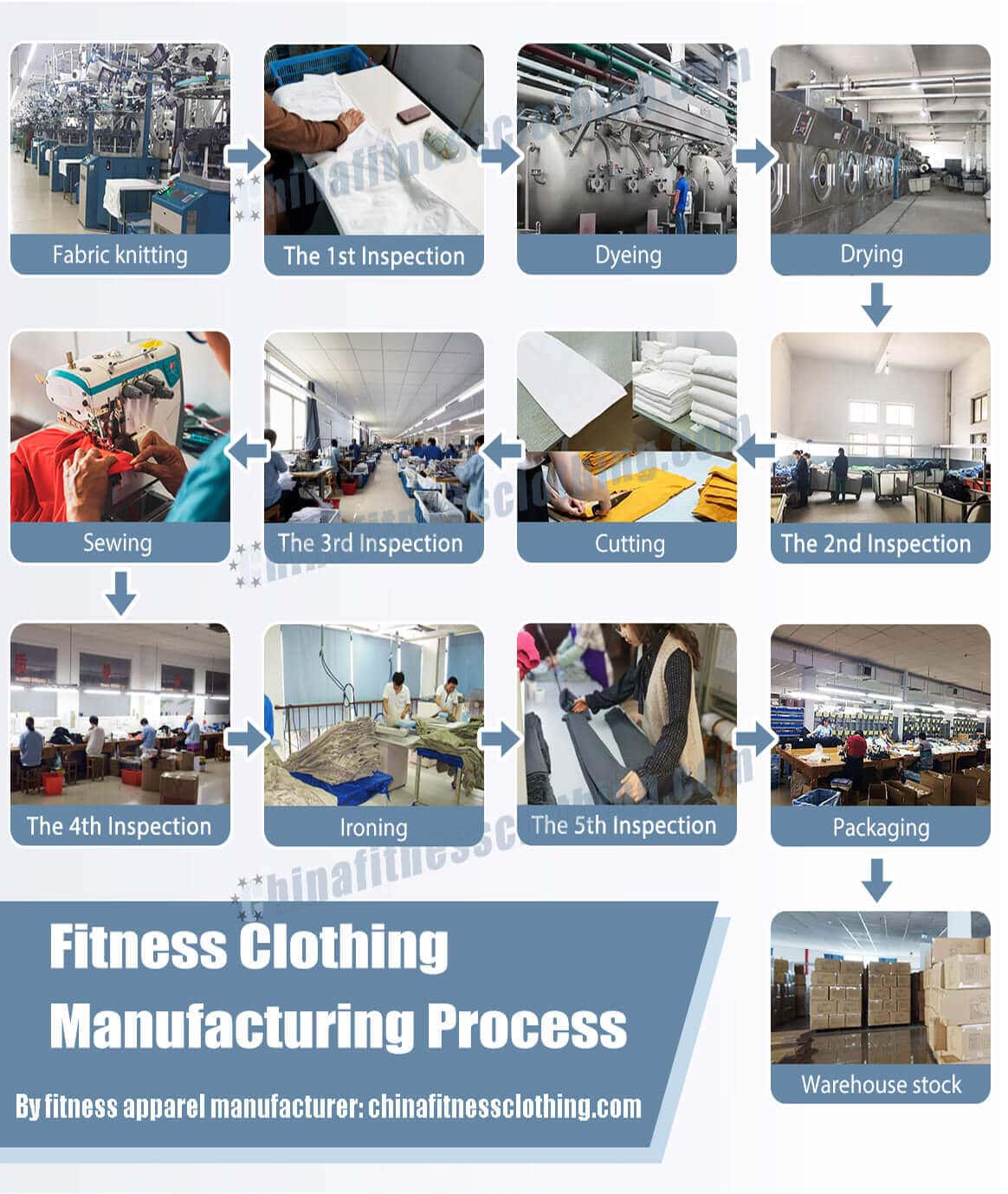






1 thought on “Graphene Fiber: A Black Technology Fabric that May Change the Future”
Where can one purchase large rolls of graphene cloth for making clothes such as socks, long-johns, T-Shirts, hoodies and phonchos?